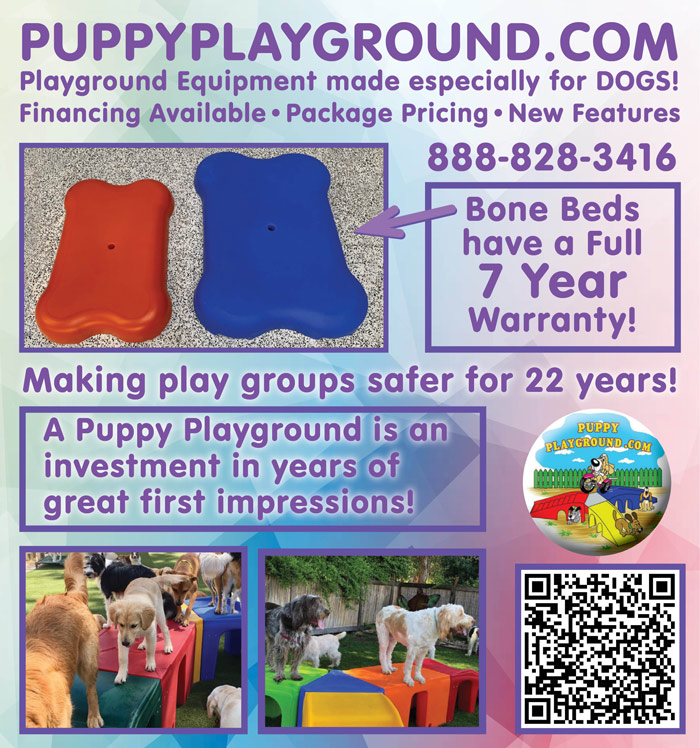





Photos provided by Steven Honzelka, DVM, DAVDC
 he most exciting trend in veterinary dentistry is the increased attention and interest in dentistry over the years,” shares Board-Certified Veterinary Dentist, Dr. Steven Honzelka. “We have gone beyond just having ‘Dental Health Month’ every February to having a rapidly growing dental specialty in this country, and worldwide.
he most exciting trend in veterinary dentistry is the increased attention and interest in dentistry over the years,” shares Board-Certified Veterinary Dentist, Dr. Steven Honzelka. “We have gone beyond just having ‘Dental Health Month’ every February to having a rapidly growing dental specialty in this country, and worldwide.
“In vet schools they are also teaching dentistry to the students in higher numbers than ever before,” he continues. “The exponential increase in board-certified veterinary dentists and dental residencies means the quality and accessibility to advanced care will continue to improve.”
At the young age of five years old, Dr. Honzelka knew he wanted to be a veterinarian. And at only 14 years old, he started working at a general practice where he discovered it truly was his calling. His dream and goal was to spend an entire career and lifetime in general practice. However, the specialty of dentistry was not part of that original goal.
“Before, during, and after vet school I did not like dentistry,” he shares. “We had some dental training in vet school, but not nearly enough. It was difficult to get excited about something you were not very knowledgeable about or skilled in.
“One day I found a small mass on the palate of my own 15-year-old dog,” Dr. Honzelka continues. “The next day I biopsied the mass and diagnosed maxillary osteosarcoma. I self-referred to Dr. Dale Kressin, a local board-certified veterinary dentist. During that visit, he opened my eyes to dentistry being more than just cleaning and extracting teeth.”
Following that initial appointment, Dr. Honzelka had a renewed energy and enthusiasm for veterinary dentistry, which guided him down a whole new path in the world of veterinary medicine.
“I started reading all I could find about dentistry in journals and VIN,” he says. “I started attending local dental CE lectures and labs, and attended the Veterinary Dental Forum. It didn’t take long for me to realize my true veterinary passion was in dentistry.”
“I spend a few hours each work day consulting on oral and dental problems, which includes post-operative rechecks and new pet dental evaluations,” he shares. “I typically spend the rest of the day in surgery performing dental and oral surgery procedures (and writing records). This is often in the form of routine and complex dental extractions, oral biopsies, tumor removals, fracture repairs, oronasal fistula repairs, and more. We also perform a fair number of endodontic procedures (root canal therapy, vital pulp therapy, etc.), prosthodontics, restoratives, and some orthodontics.
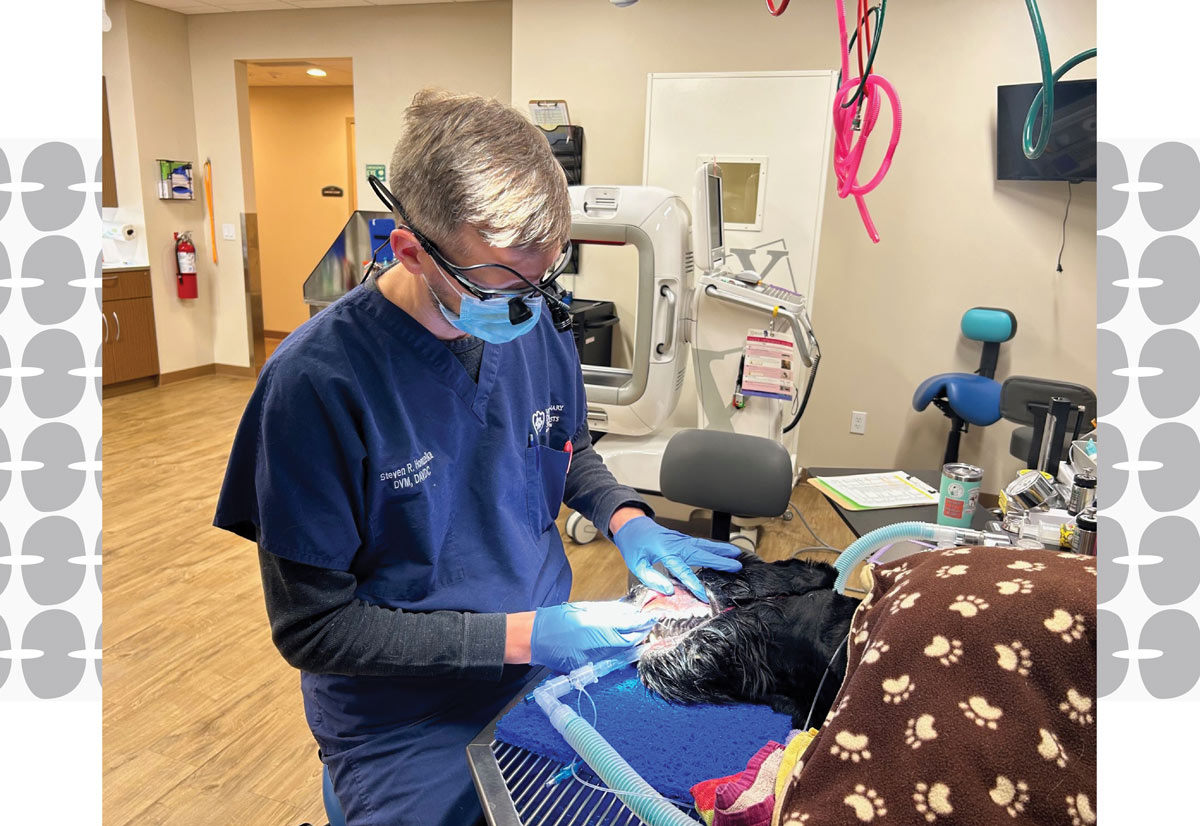
 It didn’t take long for me to realize my true veterinary passion was in dentistry.
It didn’t take long for me to realize my true veterinary passion was in dentistry. 
While the more difficult dental cases are referred to veterinary dentists, this does not discount the role that general practice veterinarians still play in the oral health of their regular patients. But there is always room for improvement.

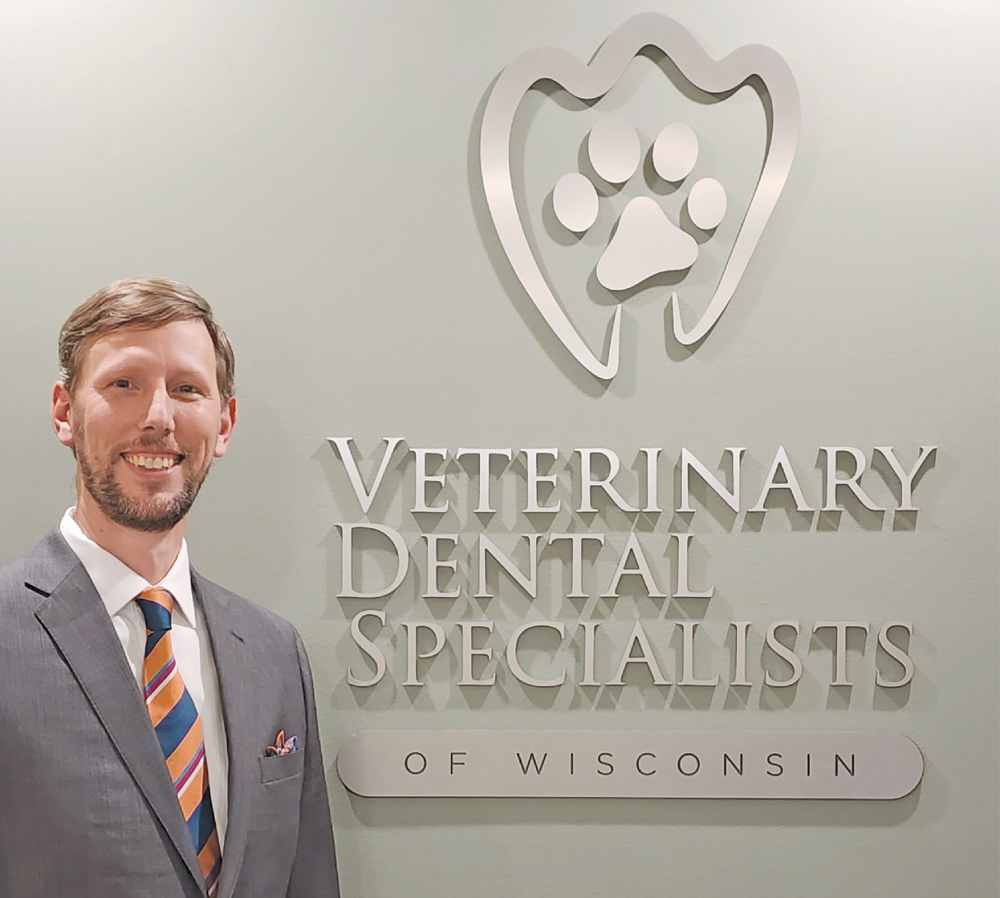
“Utilize staff to help educate clients by demonstrating tooth-brushing, discussing home care products, and consistently delivering a message,” he continues. “Staff education starts with the veterinarian. At least one veterinarian in the practice should seek out additional training. This not only includes lectures and wet labs, but also marketing. The technical staff can also take dental CE courses to improve what he or she can offer the clinic. The practice’s ‘dental staff’ can then assist in training the rest of the staff—other doctors, technicians, and front office staff.”
“It was not that long ago that only a handful of practices had intraoral dental radiograph capabilities,” Dr. Honzelka shares. “Today, most practices have dental radiography. The next step in dental imaging has become Cone Beam Computed Tomography (CBCT). About five years ago, the majority of dental practices did not have advanced imaging unless they were at a large multi-specialty referral practice or university. Today, a large percentage of stand-alone dental specialty practices have CBCT units.
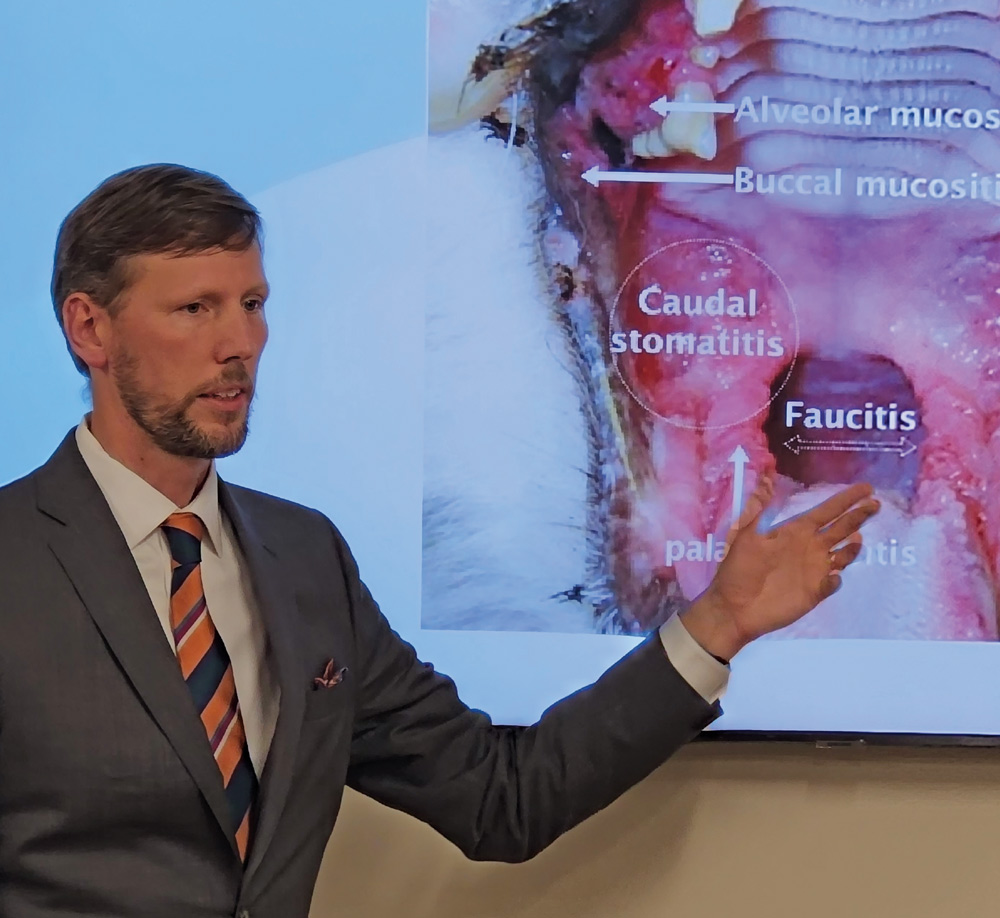
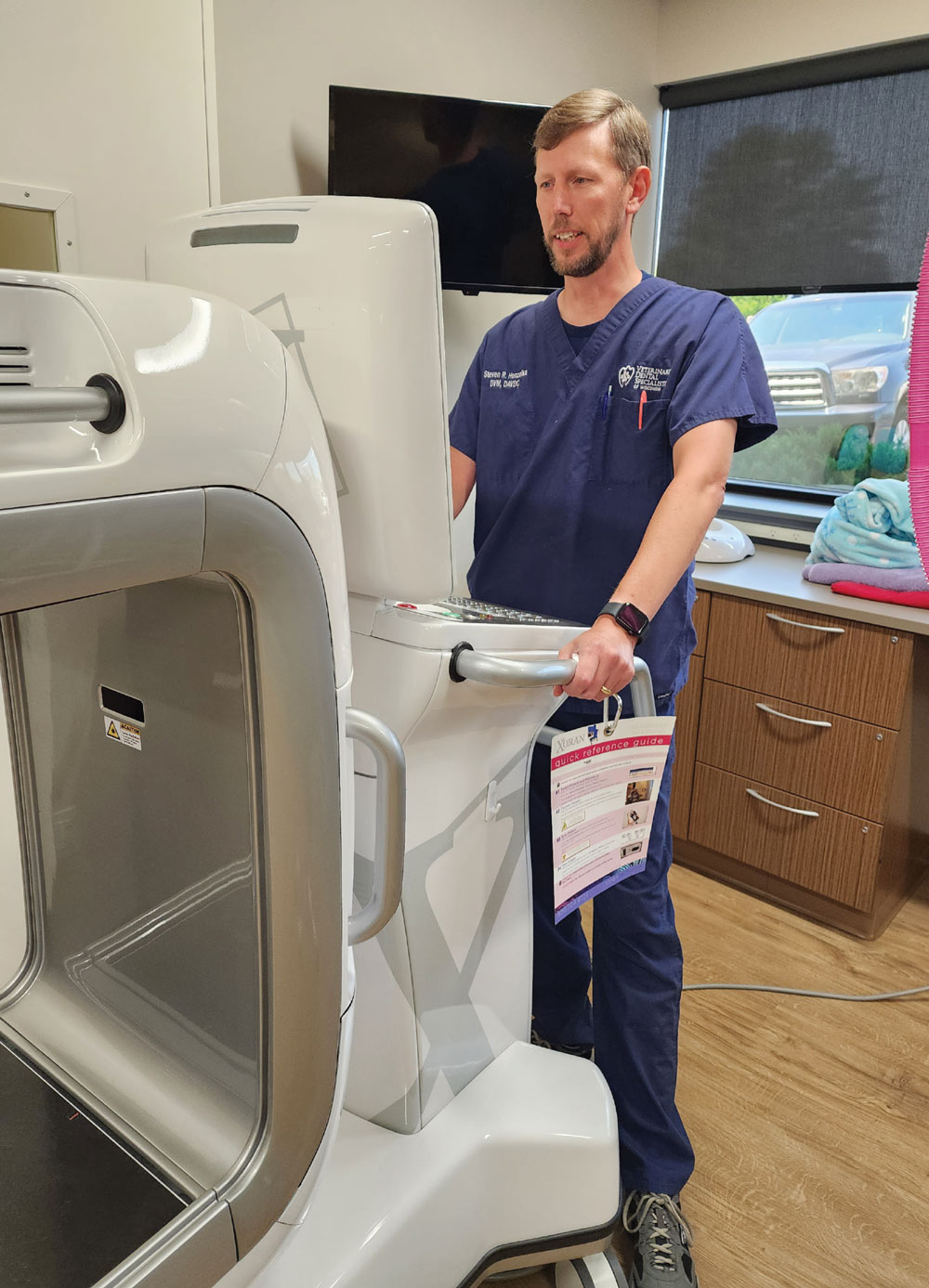
 There are two ways to improve dental health in the general practice: education for clients and education for staff.
There are two ways to improve dental health in the general practice: education for clients and education for staff. 
When not consulting on post-operative rechecks or performing extraction surgeries, Dr. Honzelka, a Wisconsin native, enjoys spending time with his wife and three children, two of which are in college and one in high school, and watching his children’s sporting events.
To conclude, he leaves us with this piece of advice: “My tortuous path to veterinary dentistry is evidence that the best-made plans and goals aren’t always what you are meant to do or be. There are a lot of opportunities within this profession that don’t require specialization. No matter what you do, be it in this profession or in life, make sure you are giving it your best.”
